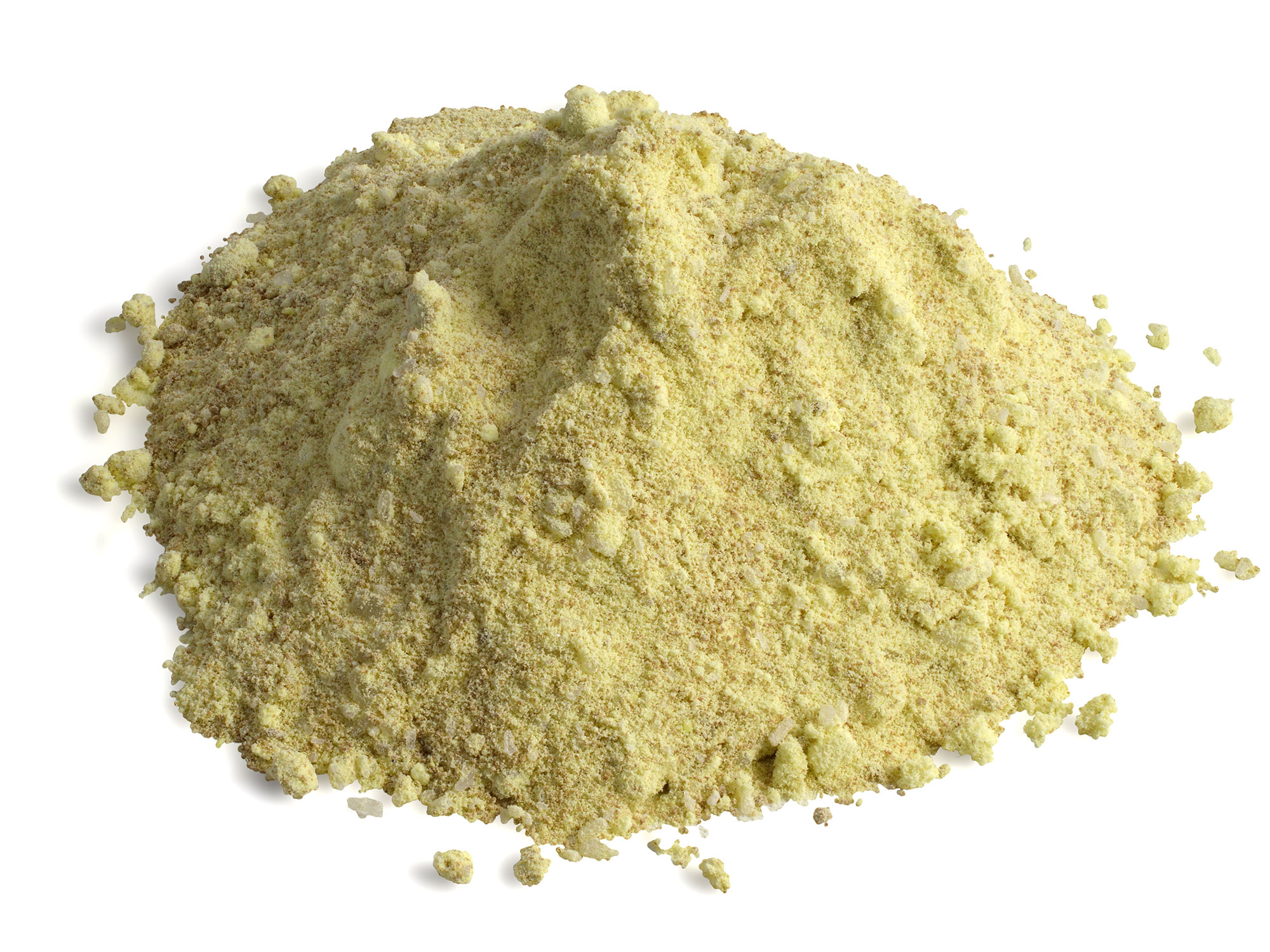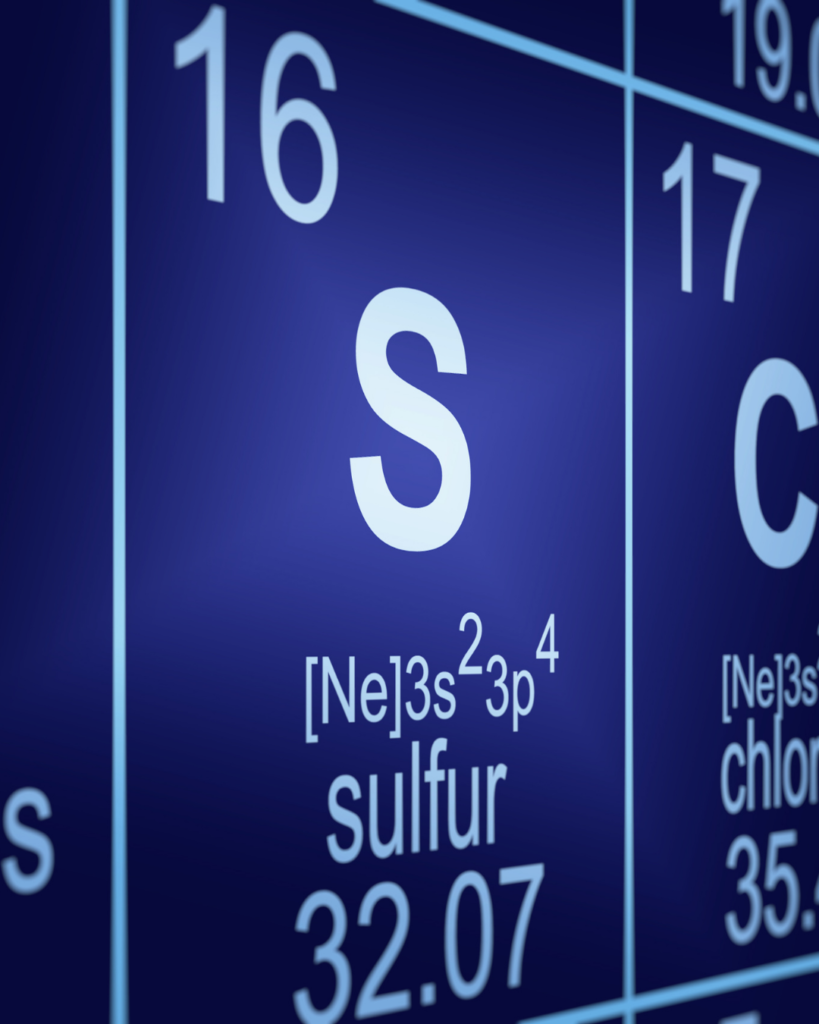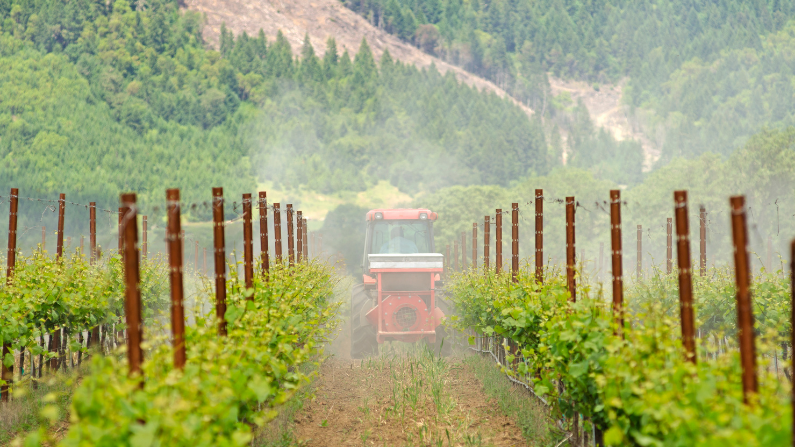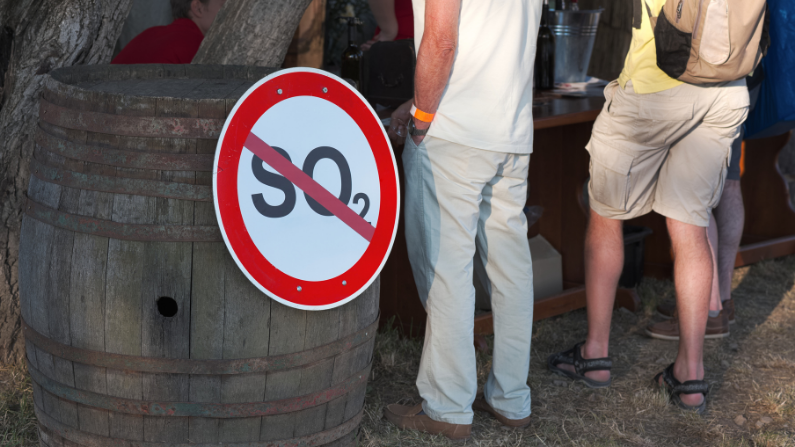
The Revival of Amphoras
Experience the revival of ancient winemaking: amphoras offer natural fermentation, micro-oxygenation, and a pure expression of terroir, all while reducing tannin bitterness.
Welcome to the new Grape Grind website!
Celebrate with 10% OFF Guides! Code: GUIDES10

“Contains Sulfites,” two simple words found on the label of almost every wine bottle sold in the United States (and Australia), but why is that? Sulfites have naturally occurred in wine since the beginning, but the campaign against them is only getting stronger.
Sulfites have been blamed for everything from allergic reactions to body aches and the dreaded “red wine headache.” But, in reality, a glass of wine has nothing on a handful of dried fruit–and don’t even get me started on grape juice!
So, why do sulfites get all the blame? In this post, I’ll explain what sulfites are, why they get added to wine, and the hidden truth behind “sulfite-free” wines.

Sulfites, or sulfur dioxide (SO2), are naturally occurring chemical compounds released during the combustion of the basic element ‘sulfur’, which can then be added as a solid/powder, liquid, or gas during the winemaking process. It is also a naturally occurring chemical compound released during fermentation. As a byproduct of yeasts, it can be found naturally in a wide variety of fruits and vegetables. When added to foods, it acts as a preservative and extends the food’s shelf life, flavor, and color.
While sulfites are present in all sorts of natural foods, it’s the added sulfites put into wine that get all the attention. This practice began in the 1800s, with winemakers adding sulfites to wine for a variety of reasons the main ones being:
It’s an Antioxidant AND Antimicrobial:
It preserves the wine, making it less likely to succumb to microbial spoilage or oxidation.
It stops the fermentation process:
Sulfites inhibit bacterial growth and stop fermentation as soon as it’s added to the wine. This is the easiest and most foolproof method for controlling a wine’s progression once it’s to the maker’s liking.
In 1988, the United States mandated that any wine containing added sulfites be labeled as such. According to Karen MacNeil of The Wine Bible, this was brought on following the heavy use of sulfites on salad greens in the 1980s, which resulted in hundreds of people claiming adverse reactions.
It’s important to note most of the sufferers were asthmatics, who tend to experience a greater sensitivity to sulfites.
For reference, the sulfites used in this incident were over 2,000 parts per million (ppm) or 2,000 mg/L. The most sulfites any bottle of wine sold in America can legally contain is 350 ppm, and most wines test at around 100 ppm or less.
Fun fact: The human body naturally produces 1,000 mg of sulfites per day!

There’s no set amount of sulfites added to wine. It comes down to a winemaker’s preferences and the style of wine.
Typically, white wines require more sulfites because they lack the preservatives found in tannins and polyphenols found in red wines. Similarly, high-acid wines require fewer sulfites than low-acid wines. Wines made in stainless steel vessels generally require less sulfites since they are less exposed to potentially harmful bacteria than wines made in oak barrels.
All wines contain small amounts of naturally occurring sulfites, but what separates traditional wines from “low-intervention” or “sulfite-free” wines is added sulfites.
Natural and organic wines are not permitted to have sulfites added, while biodynamic wines are permitted to have up to 100 ppm. While no sulfites can be introduced to the wine, sulfites can still be present from the fermentation and winemaking processes. Many winemakers use sulfur candles to clean their barrels, which imparts a small amount of added sulfites.
Fun fact: America and Australia are the only countries that require a wine bottle to be labeled if it contains sulfites, so any bottle purchased elsewhere is not required to disclose that information or abide by the same regulations. That means there’s also no third party to verify “sulfite-free” claims made by said winery.

There is no scientific evidence linking sulfites to excessive headaches, and if you enjoy preserved foods, meat, dried fruit, or fruit juice, you likely don’t have a sensitivity to sulfites. But that’s good news, right? For most of us, sulfites in wine are completely safe, undetectable, and play a healthy role in preserving wines to the highest quality possible.



Experience the revival of ancient winemaking: amphoras offer natural fermentation, micro-oxygenation, and a pure expression of terroir, all while reducing tannin bitterness.

Discover Virginia’s thriving wine scene, featuring over 300 wineries, diverse varietals, and scenic tasting experiences just a short drive from Washington, D.C.

Explore six essential wine books that provide foundational knowledge, tasting techniques, and insights into wine regions, perfect for enthusiasts and professionals alike.
No matter your current skill level, we can help you improve – pass that exam, share your wine knowledge with others, guide your buyers, enhance your guests’ experience, and show up with confidence and credibility as a wine professional!
Want to get better at tasting wine?